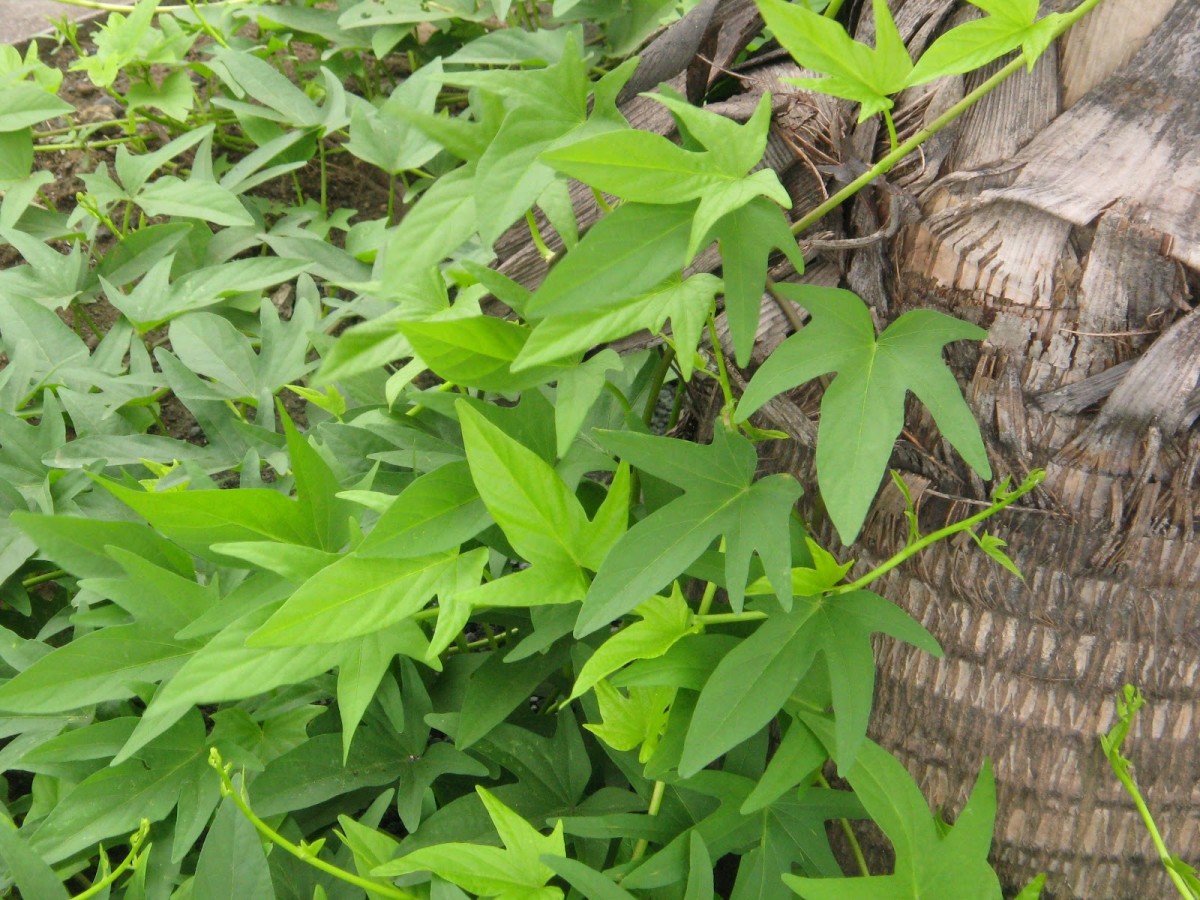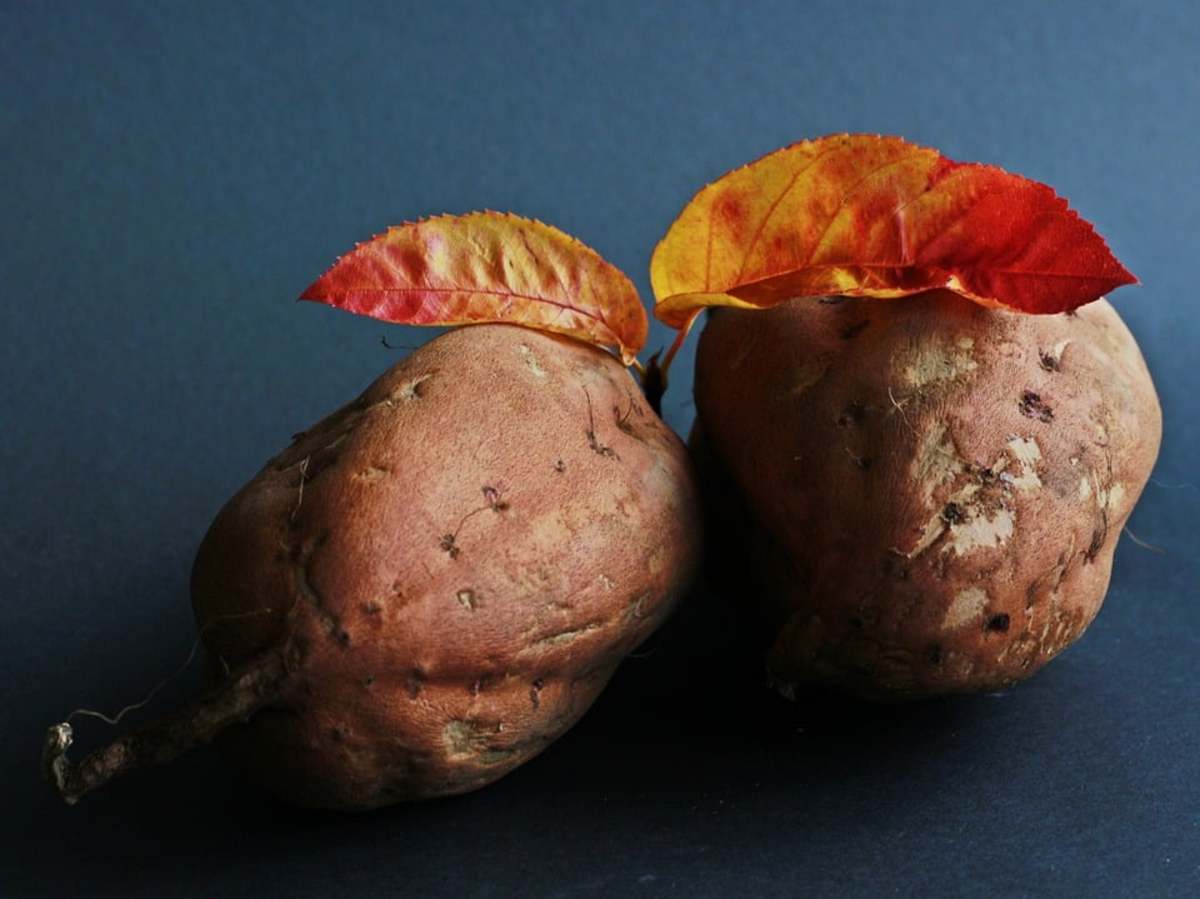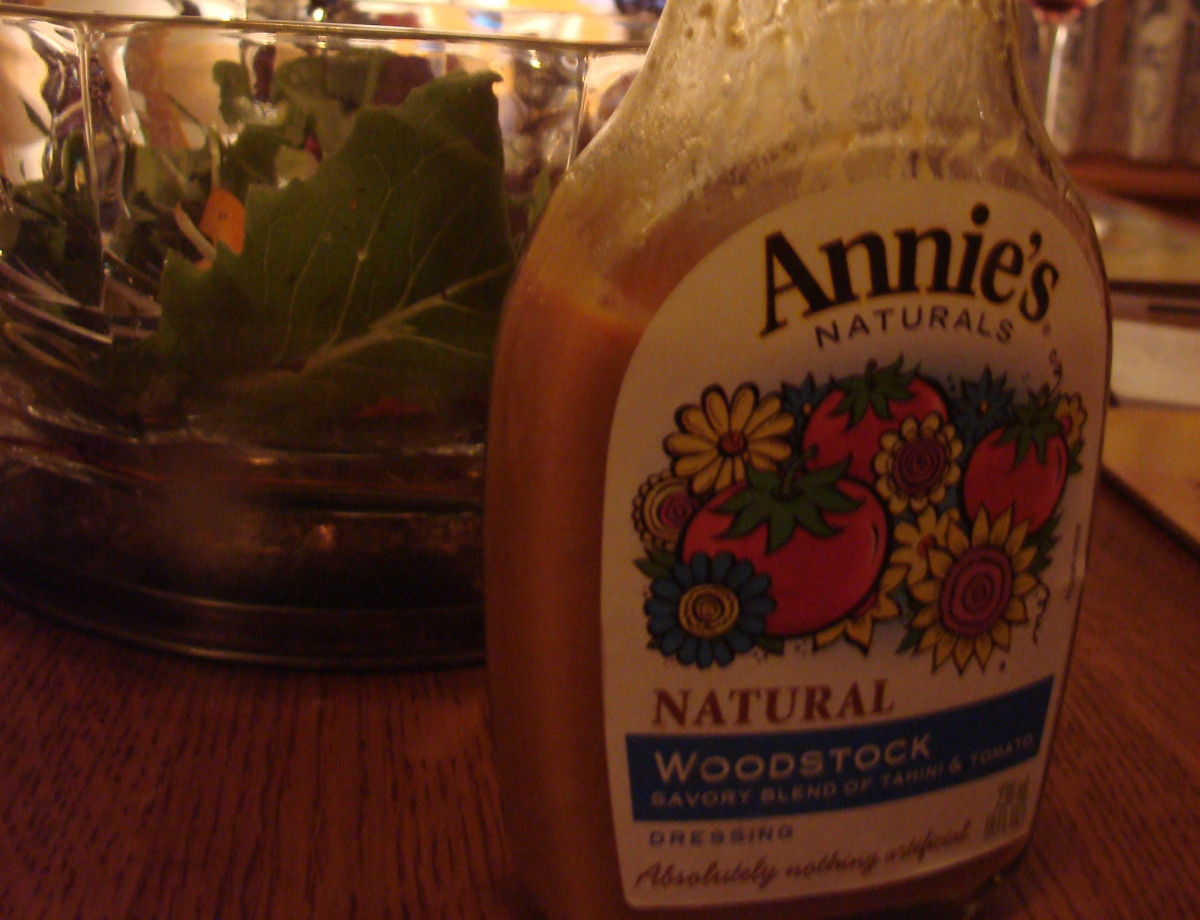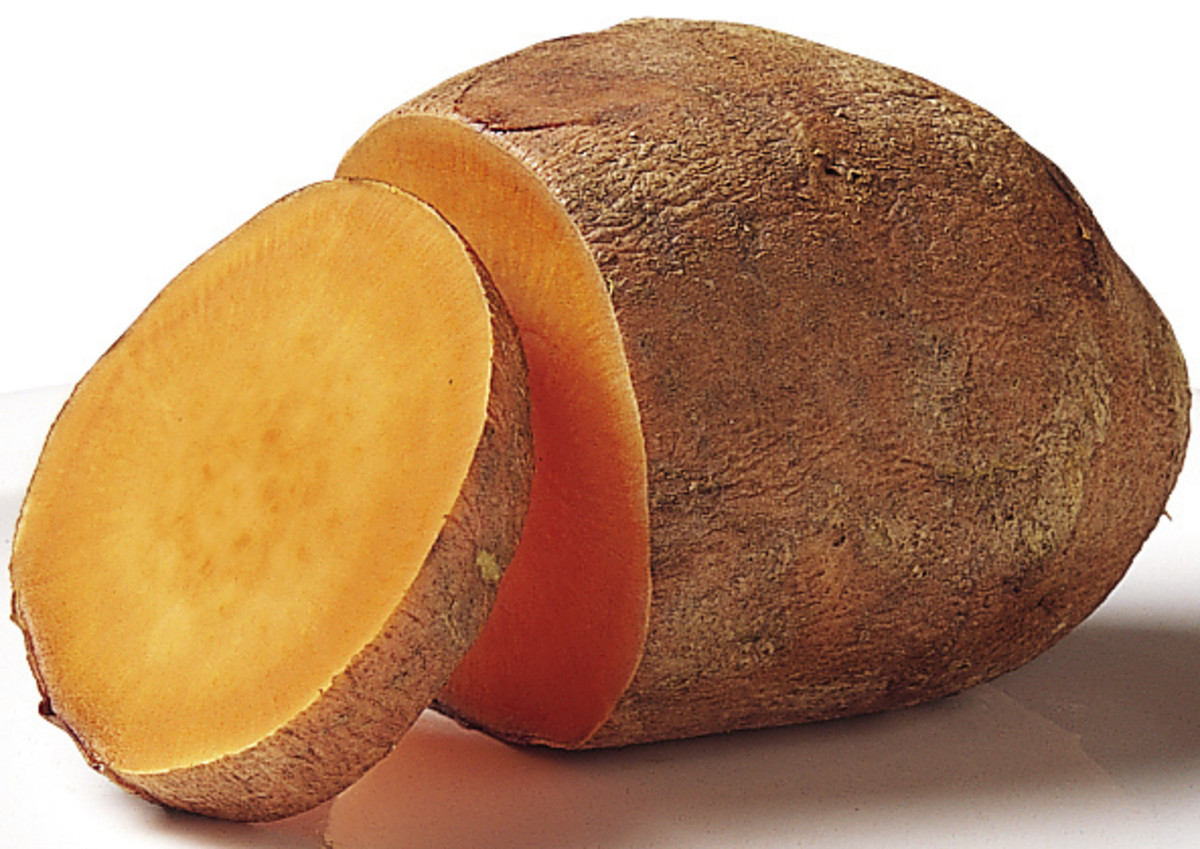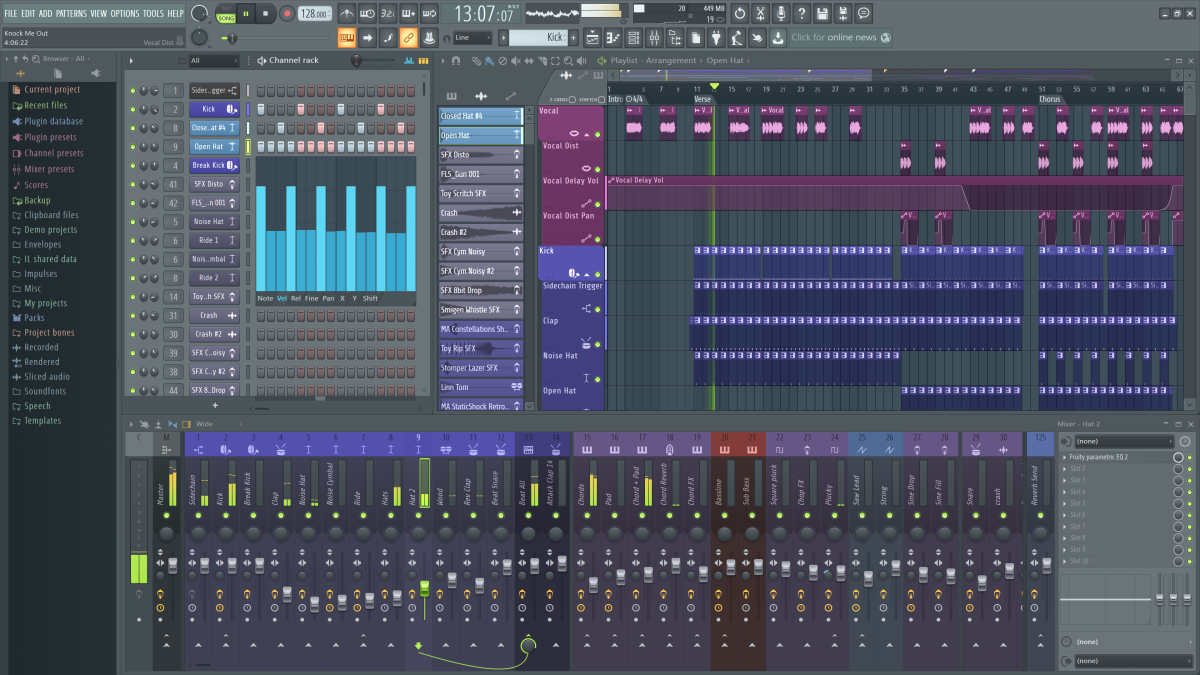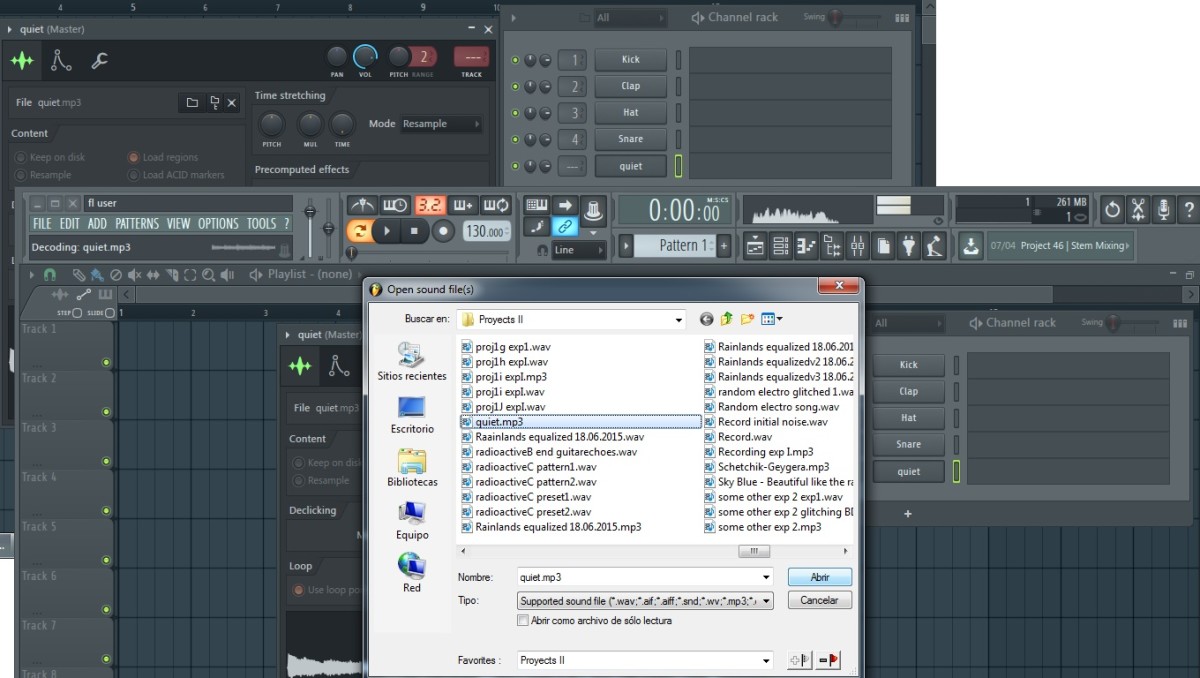What is a sweet potato ocarina?
What is a sweet potato ocarina?
The article provides a review of what is a Sweet Potato Ocarina, provides key musical tips and gives some market detail.
The ocarina is an egg-shaped musical instrument resembling the vessel flute to some extent. This, usually ceramic (although can be made of wood, glass or plastic) wind instrument has an oval shape of enclosed space with a mouthpiece and 4-12 holes for finger manipulations.
Sweet Potato Ocarina
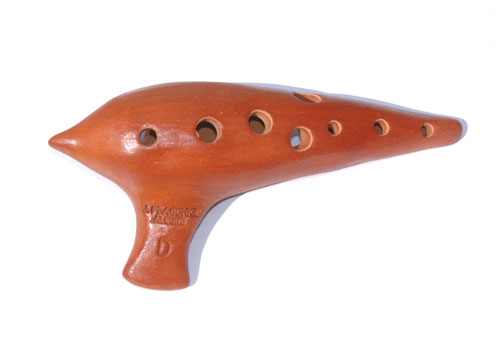
Sweet Potato Ocarina
Giuseppe Donati and one of his ocarinas
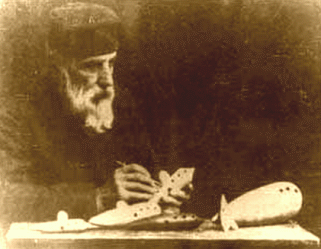
History
The first findings of ocarina date back to twelve thousand years. It was a common musical instrument of Mesoamerican and Chinese civilizations as well as that of Aztecs and Mayans – although with slight modifications. Alike Xun, it has deep roots in the Chinese cultural and religious tradition. Ocarina was introduced to European royalties by Cortes in early 16th century and became their favorite toy instrument. The word “ocarina” is derived from the Bolognese dialect and is pronounced “oka-ri:-na” meaning “little goose” - as the first ocarina (this design is now known as the sweet potato ocarina) was produced by Giuseppe Donati in the 1800s from a toy-body.
The first European ocarinas had rather simple sounding but, those days Europeans already had their own traditional wind instruments: “gemshorn” - made of cattle horns, and “tonette” – made of wood. In the modern times the popularity of the ocarina jumped once it has been mentioned in the Legend of Zelda and Nintendo computer games.
Fun for Kids! Legend of Zelda Ocarina
As an Instrument
So, let’s have a look what is a sweet potato ocarina from the musical point of view. Typical of wind instruments here the sound is produced by the air streaming through the windway. The inside of the instrument vibrates and resonances the air whereas manipulation with the holes and the blowing strength either raises, lowers or bends the pitch. The wide range of the ocarina’s sounding does not depend on its length - unlike in other wind instruments, but rather on the extent the holes are open. An important detail is that it is not the amount but the size of the holes matters. Special resonator can be adjusted to achieve overtones – which will reproduce the above-keynote-scale octaves.
Due to the sweet potato ocarina’s shape, the number of pitches can not go beyond the 12th. Those ocarinas that have a double or a triple chamber can produce chords. The ocarina music can be written in sheet, numerical or pictorial tablature. It has a central voicing in folk music and at the same time is widely used in orchestras for performing classics.
Ocarinas vary in shape, number of holes, color and decorative elements. The sweet potato ocarina (Transverse) is the most orbicular, has 10 holes and has found a better acknowledgement of the music aficionados. The small and portable ocarinas are called Pendant and are of two types - either with 4-6 or 8-10 holes. The synthesis of the Traverse and Pendant makes the Inline ocarina – which is tiny and still with a considerable amount of holes. Ocarinas with multi-chamber body are called simply the “Double” or the “Triple”. There also exist experimental ocarinas that have the keys and slides.
A Musician's Collection of Ocarinas
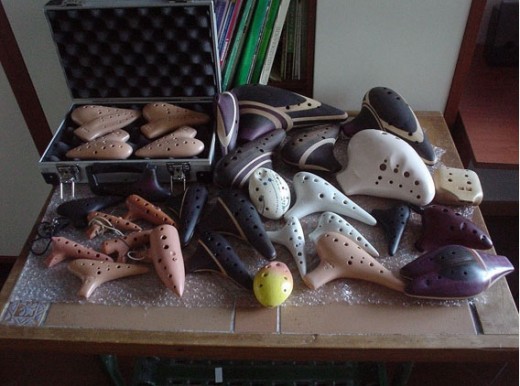
Purchasing an Ocarina
A great variety of ocarinas can be found on the market. Some stores may offer a Sweet Potato Ocarina Songbook along with the instrument priced at some $40 US. The 12-hole Plastic Sweet Potato Soprano C may be purchased at $13, whereas the Fairy Sweet Potato Ocarina at $40, and the 12-hole Sweet Potato Alto C at $67. The price for the quality instrument can be as high as $500.



